The washing machine takes on water slowly
 Usually, water is filled in washing machines very quickly, in seconds. If the washing machine takes a long time to fill with water, even without giving an error, this is a reason to seriously think about the condition of your home helper. It is better to resolve the problem now than to wait until it gets worse and causes even more trouble.
Usually, water is filled in washing machines very quickly, in seconds. If the washing machine takes a long time to fill with water, even without giving an error, this is a reason to seriously think about the condition of your home helper. It is better to resolve the problem now than to wait until it gets worse and causes even more trouble.
What could have happened to the machine?
If water flows slowly into the drum, there are four main classes of problems that may be indirectly or directly related to this problem.
- Intake valve failure. This part is responsible for drawing water into the washing machine. If it is damaged, it may not open completely, which prevents water from entering inside.
- Clogged filter mesh. It is located at the end of the inlet hose. This element filters tap water from large particles of dirt and impurities before it flows into the washing machine. Any filter tends to get clogged sooner or later, and this one is no exception. Garbage creates a dense plug through which water cannot pass with the necessary pressure.
- There is a blockage in the flow filter. It is localized directly in the water pipe and takes on an even larger volume of impurities and dirt. If a blockage forms here, then water in the required quantities and at the required speed will not even reach the inlet hose, so it is necessary to periodically clean it.
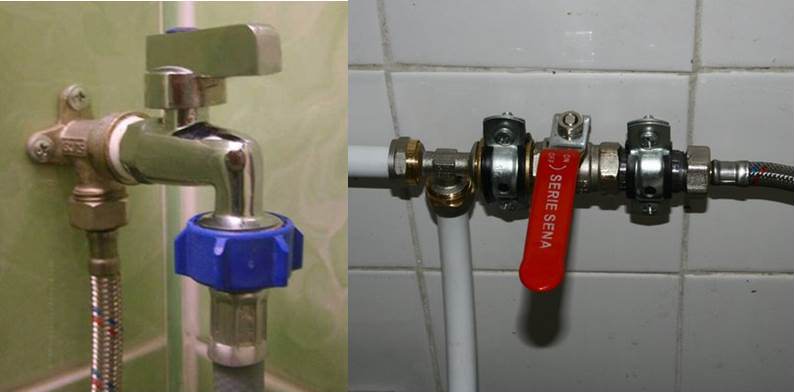
- Problems with the dispenser or filler pipe can also cause slow water delivery. The washing powder clogs the drain holes of the tray or the pipe, and the water cannot move further.
Important! Sometimes the problem with liquid intake has very trivial reasons: low water pressure in the water supply itself, the water supply tap to which the inlet hose is connected is not fully open, or a kink/kink in the hose.
How will we look for the problem?
In almost all of the above cases, professional repairs are not needed; everything can be easily done with your own hands. The main thing is to turn off the water supply to the machine and disconnect it from the power supply before starting the inspection.
Now let's rule out the most basic faults. Check that the tee valve is fully open. Then make sure that the central water supply is functioning without interruption and the problem is really in the machine. And finally, inspect the inlet hose for any kinks or kinks, and if found, remove them.
If there are no problems, we proceed to a more detailed inspection. The most convenient place to start is with a mesh filter.
- Disconnect the inlet hose and remove any remaining water from previous washes.
- Find a filter and, depending on the degree of contamination of the mesh, rinse it under strong water pressure, clean it with an old toothbrush, or even soak it in lemon juice for a while.
- Replace the filter and connect the drain hose to the machine.
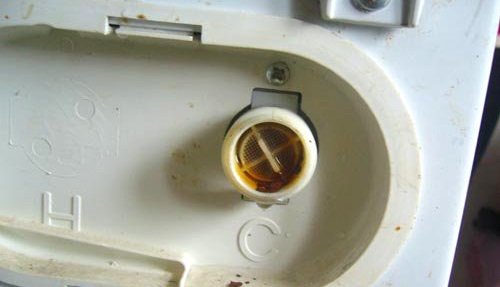
If cleaning the mesh does not help eliminate the problem, you should turn to the coarse filter built into the water pipe.
- Disconnect the inlet hose.
- At its base (the connection point with the water supply), find the fastening and unscrew several elements with a wrench.
- The resulting hole will allow water to escape, which will independently rinse the filter with a powerful stream. The main thing is to first place some container so that water does not flow onto the floor.
What to do with the powder dispenser and its connection (the corrugated tube next to the dispenser)? They are quite easy to clean. Remove the top panel of the washer. First remove the tray itself and rinse it thoroughly. Then use pliers to loosen the pipe clamps and carefully remove it. Rinse the element under strong running water using an old toothbrush.
Valve replacement
As for the intake valve, repairing it, unfortunately, is difficult. The easiest option is to buy a new part and install it. Installation can be done by yourself. The main thing is to choose a part strictly according to the serial number of the corresponding model, otherwise you will throw money down the drain by buying the wrong item. When everything is purchased, you can start replacing:
- disconnect the unit from communications;
- drain the water from the hose and remove it;
- remove the top panel of the washing machine.
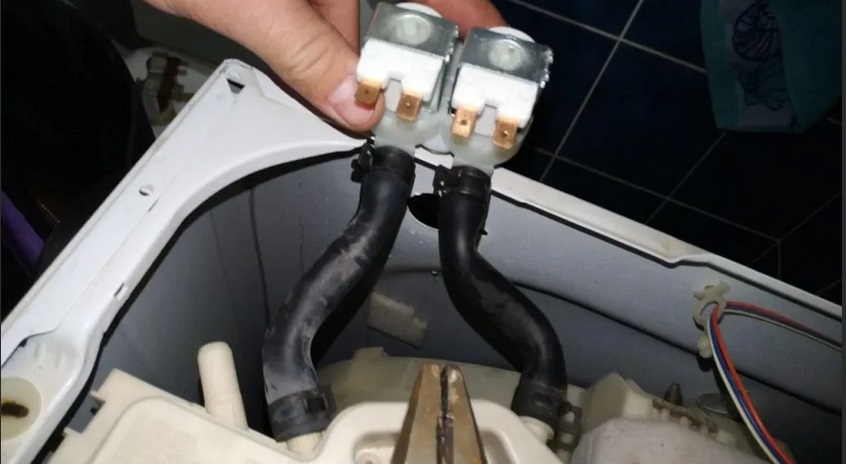
Locate the valve located at the back of the washer, where the inlet hose connects to it.
- take a photo of the wiring and disconnect it;
- loosen the center bolt and the screws on top, remove the old part and replace with a new one.
After replacing the valve, carry out installation in reverse order. After installation, run a test wash: if your actions do not bring results, you will have to turn to professionals.
Interesting:
Reader comments
- Share your opinion - leave a comment



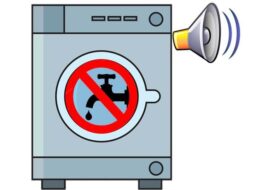
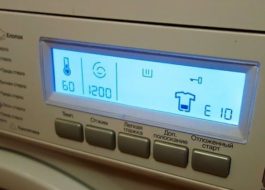

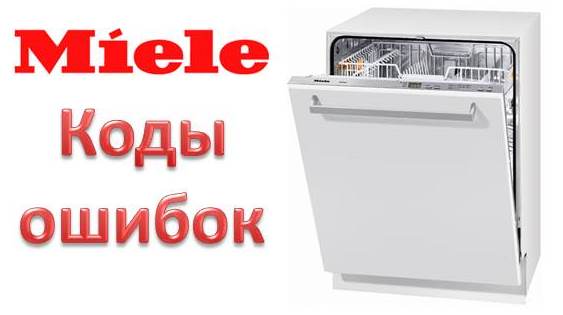














Add a comment